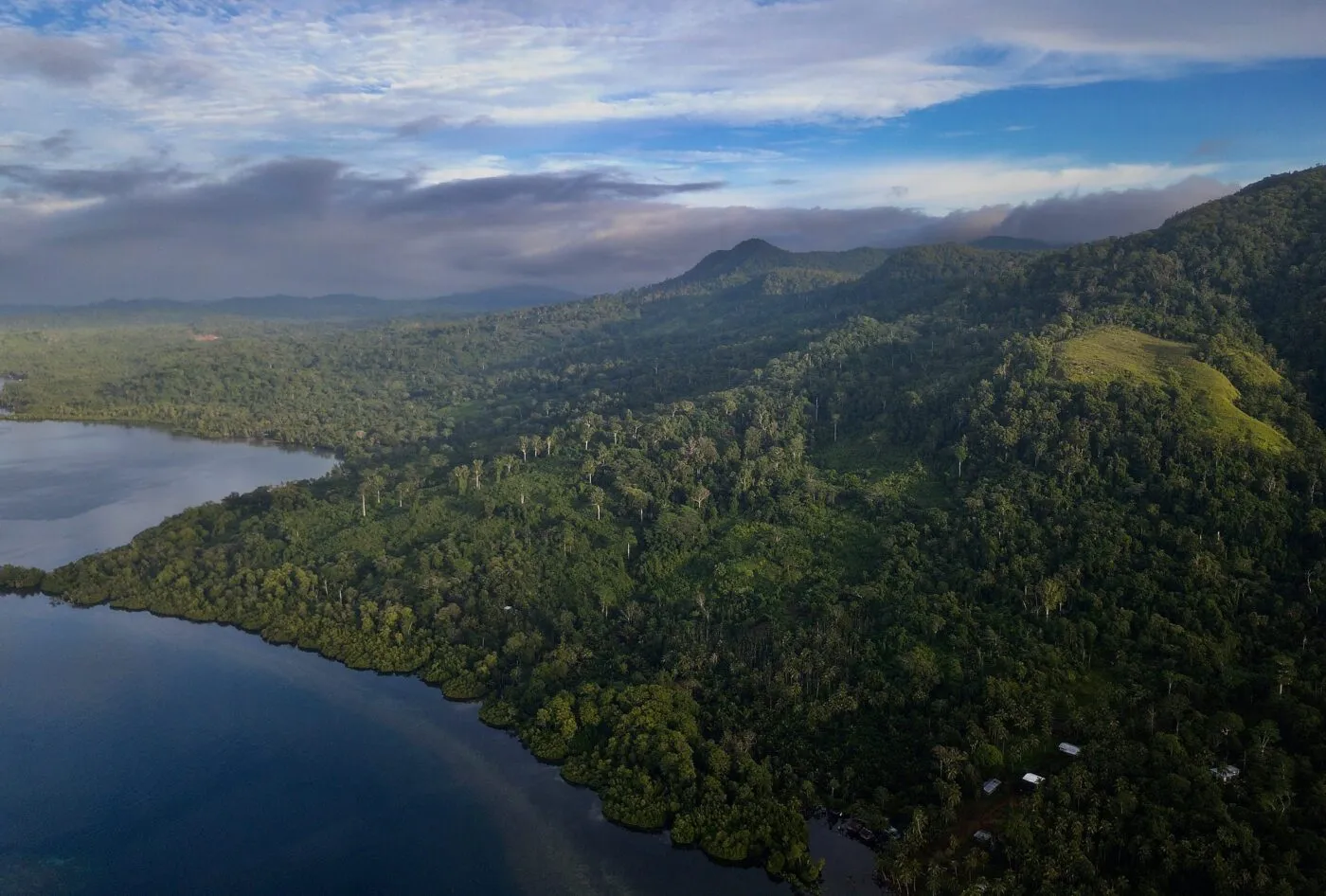Manus Island, located in the northern part of Papua New Guinea, is not only a part of the Bismarck Archipelago but also a central point in many significant events related to immigration and refugee policies. From the colonial era to the present day, Manus Island’s history reflects ongoing changes in international and local policies, along with profound impacts on its people and the policies of major nations.
Colonial Era and World War II
The modern history of Manus Island began during the colonial era when it became part of German New Guinea in the late 19th century. After World War I, Manus Island was transferred to Australia under the oversight of the League of Nations. During this period, the island played a crucial role in maintaining military and trade activities in the region.
During World War II, Manus Island became a strategic point in the fight against Japan. The United States and its allies established military bases on the island, making it a key component in the Allied forces’ strategy in the Pacific. This military presence not only impacted the local economy but also left a lasting mark on the island’s development.

Post-War Era and Early 21st Century: Immigration Policies
After Papua New Guinea gained independence in 1975, Manus Island became part of the newly independent nation. However, the island’s role in national and international policies continued to evolve, particularly in the context of Australia’s immigration policies.
In 2001, Manus Island was chosen by Australia as a regional processing center for asylum seekers under its offshore detention policy. This policy aimed to process and detain asylum seekers before they were resettled in Australia or other countries. This decision reflected a shift in Australia’s immigration policy aimed at controlling and reducing the number of asylum seekers arriving in the country.
Manus Processing Center and Human Rights Issues
The Manus Processing Center was opened in 2001 and quickly became the center of serious human rights issues. Reports about living conditions and healthcare at the center faced significant criticism from international human rights organizations. The facility was frequently criticized for overcrowded and inadequate conditions, as well as reports of physical and psychological abuse.
Organizations like Amnesty International and the United Nations released numerous reports criticizing the treatment of asylum seekers at Manus Island, describing it as inhumane and a violation of international human rights standards. These issues drew the attention of human rights activists and the international community, leading to protests and advocacy for reform.
Closure of the Center and Legacy
In 2017, the Australian government announced that the Manus Processing Center would be closed. However, this decision did not immediately resolve the issues related to immigration policy and detention. Human rights concerns and controversies regarding the treatment of asylum seekers continued to be discussed and reviewed.
The legacy of the Manus Processing Center not only affects how asylum seekers are managed but also reflects a significant aspect of Australia’s immigration policy development. The lessons learned from the center’s operation continue to influence discussions and policies on human rights and migration.
Conclusion
The history of Manus Island is a complex and multifaceted story, from the colonial period to contemporary issues related to immigration and asylum. Manus Island is not only a strategically and politically significant location but also a symbol of the challenges related to human rights and international policy. Looking back at Manus Island’s history, we see both the challenges and the need for change and reform to protect human rights and address the challenges of the 21st century.
